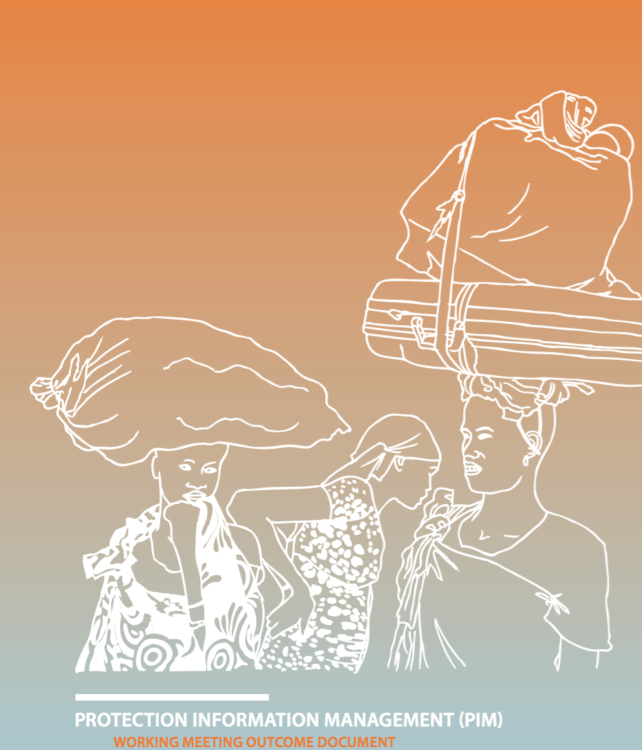
Having participated remotely in the first Protection Information Management (PIM) meeting held in May 2015, and subsequently given input to working documents that captured the discussions at the meeting, ICT4Peace Foundation’s Sanjana Hattotuwa was invited by UNHCR and the Danish Refugee Council (DRC) to attend the second PIM meeting, held in Geneva from 2 – 4 December.
The Foundation sees the development of UNHCR led standards on PIM as anchored to work it has facilitated with the UN system since 2008 around crisis information management.
The second PIM Working Meeting entailed collaborating and brainstorming with key Protection and IM partners at the global level, to support a process through which the discipline of Protection IM, its components, standards, guidance and tools will be further identified, defined and shared with the rest of the humanitarian community.
The PIM Working Meeting aimed to achieve the following objectives:
- Overview of the PIM May Working Meeting outcomes, while further building upon specific outcomes of the May Working Meeting including 1) PIM Principles; 2) PIM Core Competencies; 3) PIM Matrix (as of May). Gather feedback and lessons learned by colleagues applying the above PIM products since the May Working Meeting.
- Build upon and reach consensus on documents developed in line with PIM ‘Next Steps’ articulated in the May Working Meeting: 1) PIM Glossary 2) Agreement/commitment to Quality Standards for Data and Information Sharing
- Updated and revised PIM Matrix (since the May Working Meeting), its categories: Population Data; Protection Needs Assessment; Protection Monitoring; Case Management; Protection Response Monitoring and Evaluation; Security/Access/Safety (collection of information); Other Sectoral IM Systems; Communicating with Affected Populations; Human Rights. Articulate the data outputs for each PIM category to be shared 1) with protection colleagues only; as well as a separate set of data outputs by category 2) to be shared as broadly as possible within the humanitarian community.
- Explore possible PIM methodology; are there mandatory PIM categories which are required for all PIM categories or systems to function? Explore how to apply PIM in an operation or context, and understand how PIM contributes throughout the project or programme cycle. What is needed? How do the different relationships between the systems interact or influence a possible application of PIM?
- PIM Capacity Building and Learning: Stocktaking of what has been done and developed, including PIM Briefings; PIM webinars; PIM sessions in trainings (DRC, JIPS, others?); PIM working sessions / testing; and training materials for three PIM Trainings and E-learning. Identification of additional needs, what is missing?
- Agree on ‘Next Steps’ and the way forward for PIM after December, what are the next components, tools etc we will collaborate on. What is needed?
- Modalities for collaborating on PIM: What’s the most effective way to continue to collaborate (meetings, webinars, use of Ref. Group) etc.? Is a Plan of Action needed?
